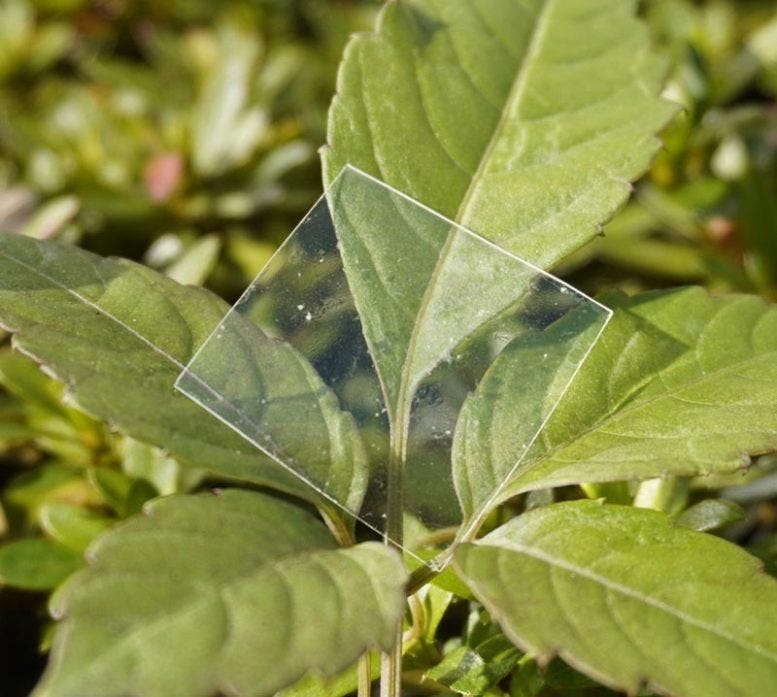Plastic Dissolves in Saltwater—That’s a Good Thing
It's transparent. It's durable. It vanishes in seawater.
TL;DR
Scientists in Japan have developed a plastic that dissolves in seawater.
It is what is known as a supramolecular material this material has strength and durability until it reacts with saltwater. Then it breaks down. Supramolecular materials don’t hold together in traditional ways, through electron sharing or covalent bonding, and this enables the saltwater dissolving. These plastics offer impressive versatility (non-toxic, non-flammable, and heat tolerance above 120°C) and are highly recyclable, with recovery rates of 82-91% of their component monomers.
We go more in depth after the paywall.
In a lab outside Tokyo, scientists at Japan’s prestigious RIKEN institute may have taken a decisive step toward solving one of the world’s most stubborn environmental challenges: plastic waste.
Their innovation? A new class of plastic that boasts all the strength and stability of conventional materials—until it meets saltwater. Then, like a magic trick, it dissolves and in its wake, nothing but benign compounds.
This new material is based on supramolecular polymers, a promising category of compounds whose molecular bonds act like tiny Velcro strips—strong when needed, but easily undone under the right conditions. The result: a tough, transparent plastic that holds up under pressure, yet gracefully breaks down into plant-friendly nutrients when it reaches the ocean.
For decades, plastic has been the workhorse of modern life. From toys to packaging, its versatility and durability have made it indispensable. But those same traits have also turned it into a global menace, as landfills swell and oceans choke on long-lasting waste that takes centuries to degrade—and often breaks into harmful microplastics along the way.
RIKEN’s scientists, however, envision a different future.
After an exhaustive research process, the team landed on a compound that when mixed in water, these ingredients form a thick solution that dries into a resilient plastic. Immersed in seawater, its bonds break apart and dissolve in just over eight hours.
In tests, the new material performed admirably: it was non-flammable, colorless, transparent, and just as strong as its petroleum-based counterparts. Even better, the breakdown products—nitrogen and phosphorus—are nutrients! They can feed marine life instead of harming it.
Of course, the challenge with degradable plastics has always been timing. What happens if the material starts degrading before it's meant to? The RIKEN team tackled this elegantly: by adding a water-resistant coating to the plastic, they ensured it remains stable during use. When the time comes for disposal, a simple scratch on the surface reactivates its disappearing qualities.
The findings, published in Science, hint at a promising shift: a world where plastic doesn’t have to be forever.
It’s potentially the beginning of the end of our plastic problem.
And ending that problem is a good thing.






